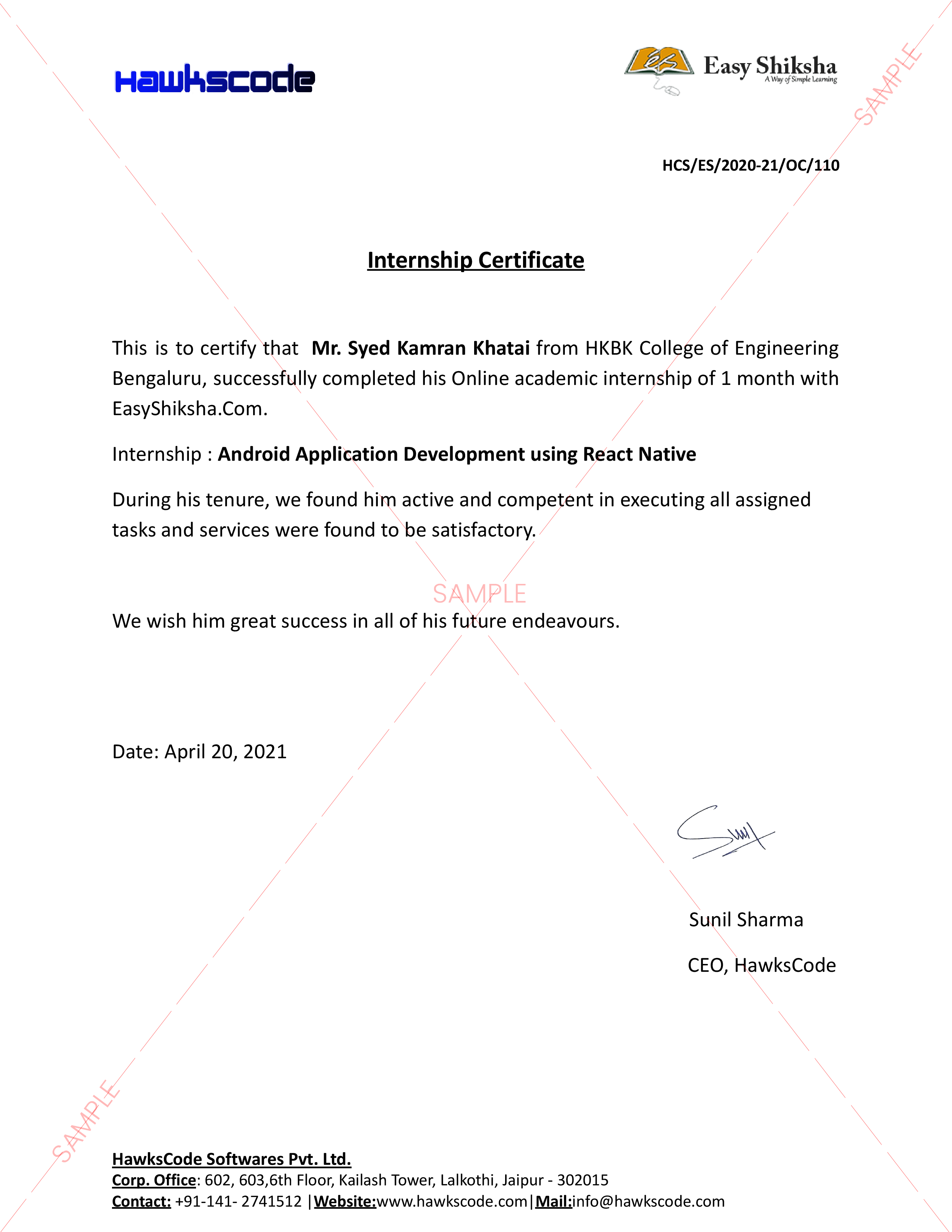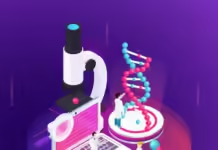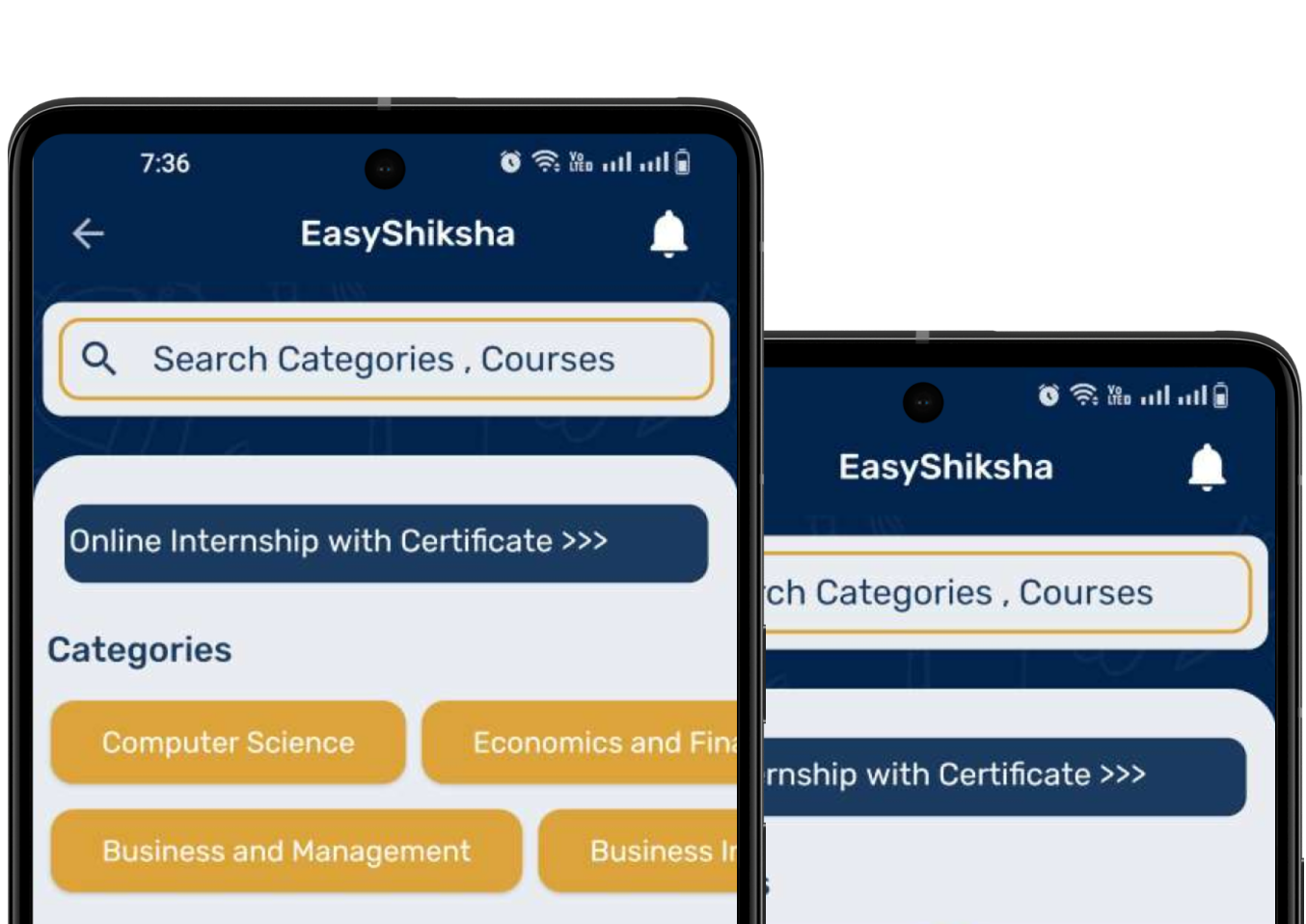Dr. Gunda Srinivas, Consultant Pediatric Emergency and Pediatrics, Aster RV Hospital
Vaccination conventionally has been with a syringe and a needle as the commonest practice as we all do it on a daily basis. Needle Free Injection System (NFIS) for Vaccination. The component of needle fear among children is very common with some studies mentioning as high as 68% in children which decreases with age as is generally observed.
To address this problem of needle fear and also other logistical issues of reusing needles & associated infections(NFIS) and needle stick injuries various alternative routes of drug delivery have been tried. Powder injections, Vaccine patches, Jet injections, Nasal vaccines, are various needle free techniques tried ever since 19th century.
ALSO READ: 5 Best Online/Hybrid PG programmes to enrol in India 2023
Needle free injections (NFIS)were supposed to be used in small pox eradication efforts as a mass vaccination technique. It was also used by military population for faster immunization in USA in 1950s but there was an outbreak of Hepatitis B attributed to the use of needle free system. Commonest method of needle free technique is the Jet injection on which Dr. Robert Hingson and Arron Ishmach did significant work in around 1960s. We have come a long way from then onwards to the recent and current newer developments, improvisations and advanced technology in this domain.
How Needle Free Injection works?
Needle-free injection (NFIS) technology works by forcing the vaccine liquid at a high speed through a very tiny orifice that is held against the skin. The diameter of the orifice is smaller than the diameter of a human hair. This creates an ultrafine stream of high-pressure fluid that penetrates the skin without using a needle(NFIS) and gets deposited into subcutaneous or intramuscular based on the technique of stabilizing the site. The force used to drive the drug has been gas, compressed air or spring-based mechanism and use of disposable cartridges for those coming in contact with skin during the delivery.
The force of delivery of the drug needs to be safe and non-traumatizing and hence successful delivery of such molecules requires a device with carefully controlled power nuances. Well tried and tested device in the recent years was Pharma jet system which was used for intradermal polio vaccination campaigns in various countries and was proved to be non-inferior to the conventional method.

How safe and effective is it?
Most important aspect of any new technology are the safety and efficacy compared to the conventional methods. Jet injectors were first popularized in the form of multi-use nozzle jet injectors (MUNJIs), which were introduced in the US military between 1947 and 1965 because they offer a high rate of vaccination. MUNJIs delivered vaccines from a single-dose vial at a rate of up to 1,000 per hour. The use of MUNJIs decreased drastically after evidence of contamination originating from blood and splashed liquid was uncovered. These injectors were non-disposable and required thorough cleaning between injections. Disposable cartridge jet injectors (DCJIs) were introduced in the late 1990s to facilitate use and cleanliness. The latest form of DCJIs includes single-use, pre-filled, completely disposable injectors, which further facilitates their use and reduces risk of contamination.
This technique has been studied for more than 2 decades now and some studies published in well-known journal Vaccine conclude that influenza, typhoid, DTP, tetanus toxoid and hepatitis A vaccines delivered by the similar jet injection system in collective immunization settings provide equal or superior immunogenicity, and a well acceptable tolerance profile, compared to standard syringe technique. Another study with a different device mentioned that crying after injection was more frequent in the needle syringe group, but local skin reactions were more common in the needle free injection group. There was incomplete vaccine delivery noted in the needle free injection group although there was a device upgrade after the study. Parents/guardians expressed a strong preference for needle free technique over syringe needle group for their children in this study.
This year educate yourself and develop your career with EasyShiksha

































































